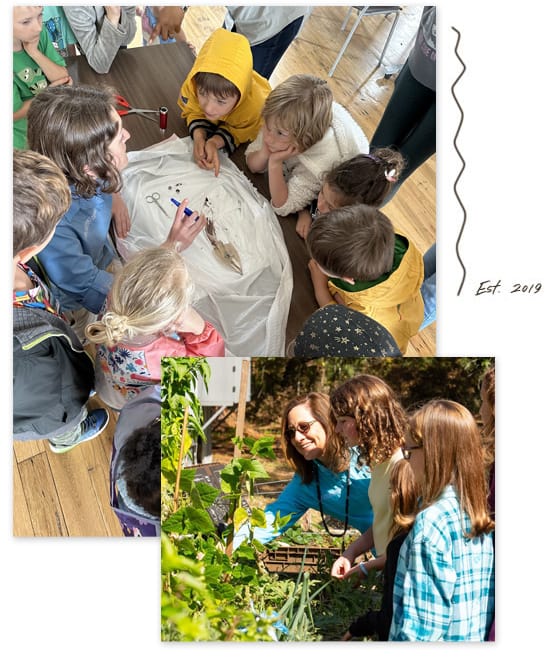The Learning Campus at Gulf State Park offers immersive and hands-on programming designed to provide visitors with a unique opportunity to connect with the natural and cultural heritage of the park. The curriculum, which meets AL Course of Study and Next Generation Science Standards, leads students through the discovery of the nine ecosystems and environmental diversity found within Gulf State Park. Whether housed on-campus in our modern Bunkhouse or only spending a day, visitors may apply the programs and sample itineraries found below to enhance any agenda. Programs may be tailored to meet a variety of age groups and educational interests. For more information, please contact the Learning Campus at 251-923-3101 or info@learningcampusgsp.com.

Please select any of the course topics to review activities, time frame, standards alignment and other details to assist in planning your field trip. For more information and to further plan your visit, please contact the Learning Campus at 251-923-3107 or info@learningcampusgsp.com.
Activities
Welcome & Ice Breakers
Learning Campus Sustainability Tour
DINNER
Woodside Restaurant
Outdoor Lawn Games
Activities
S’mores and Social at Bunkhouse
BREAKFAST
Woodside Restaurant
Outdoor Lawn Games
Activities
Coastal Ecology
Beach Hike / Dune Restoration
LUNCH
Picnic on the Gulf Beach Pavilion
Activities
Beach Ecosystem Wildlife Monitoring
Conservation Ecology
DINNER
Island Dining
Activities
Movie Night
BREAKFAST
Breakfast in the Bunkhouse
Activities
Guided Kayaks Lake Shelby
LUNCH
Green Space Grill
Activities
Birds of the Gulf Coast
Guided Field Work / Bird Identification
DINNER
Woodside Restaurant
Outdoor Lawn Games
Activities
Stargazing at Interpretive Center
BREAKFAST
Woodside Restaurant
Outdoor Lawn Games
Activities
Sands of Time History Hike
LUNCH
Backcountry Picnic
Activities
Indigenous Cultures
Paleontology
DINNER
Pizza Party
Activities
Scavenger Hunt
BREAKFAST
Woodside Restaurant
Outdoor Lawn Games
Activities
Check-out
Alligator Adventures at Nature Center
LUNCH
Boxed Lunch
Activities
Interpretive Center: Alabama’s Living Building
Activities: This itinerary reflects a small sampling of activity and class offerings that are available locally which may be selected based on curriculum interest and age level. For more information, please contact the Learning Campus at 251-923-3107 or info@learningcampusgsp.com.
With nine different ecosystems spread across 6,150 acres, the natural life within Gulf State Park evolves with the changing seasons. To highlight these progressions, the calendar below outlines seasonal flora and fauna, so visitors can enjoy what Mother Nature has to offer any time of year. Check out our calendar of activities to learn more about our amazing biodiversity of natural resources!
Remember, while you’re enjoying our beautiful natural resources, to